Asthi Dhatu (Bone tissue) is one of the seven Dhatus in Ayurveda which gets its nourishment from the Meda Dhatu (fat tissue). Diseases related to bones like osteoporosis, osteoarthritis, lumber spondylosis have a direct relation to aggravated vata. A increase in vata dosha decreases the bone tissue.
The main seat of Vata dosha (Vatastanam) is Pakavasaya (large intestines) and it also is present in Kati (waist), sakthi (hip), Shrotra (ears), Asthi(bones), Sparshanendriya (skin), reproductive organs, thighs and lower back.
पक्वाशयकटीसक्थिश्रोत्रास्थिस्पर्शनेन्द्नियम्
स्थाऩ वातस्य तत्रापि पक्वाधाऩ विषेशत:
Ashthanga Hridayam Sutrasthanam
If we take an example of a disease like osteoporosis which is one the most common bone diseases, there is an increase in vata in the colon (like gas, constipation), it directly affects bone health, as bones also becomes more porous and filled with air which makes the bones weak and fragile.
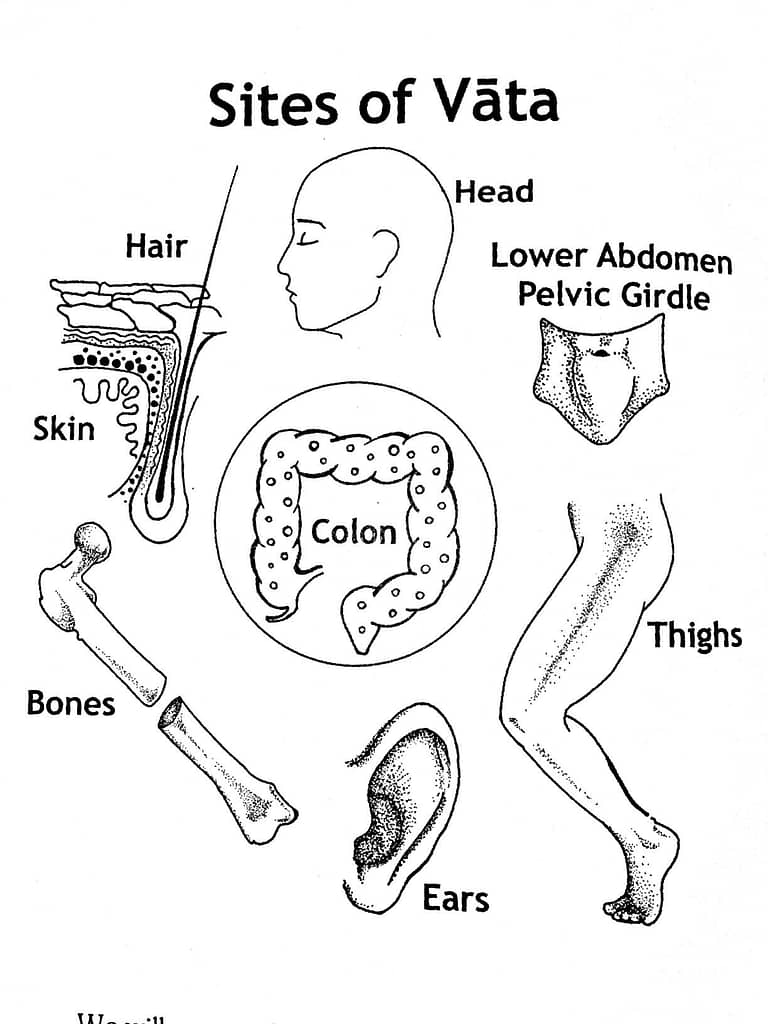
For further reading, can check this article about subtypes of Vata.
In this article, we will discuss in detail, the individual herbs that are used to Ayurveda to heal diseases related to bones.
1. Hadjod (Cissus Quadrangularis / Devil’s Backbone)
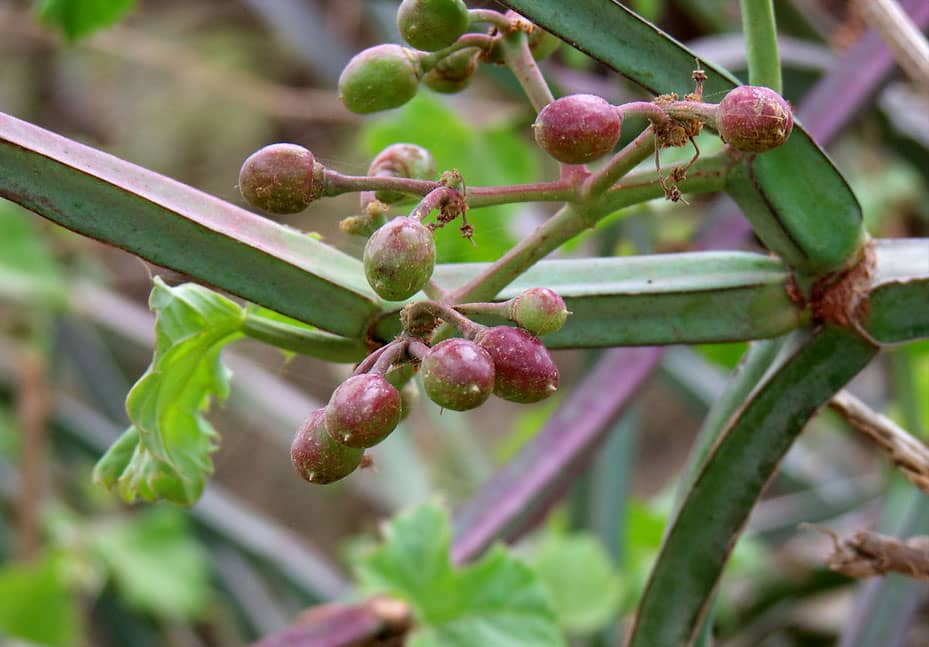
Hadjod is one of the most revered herbs of Ayurveda in terms of its bone healing properties. It is a perinnial herb which called Asthisamdhani, Asthisamharah, Granthimana, Vajrangi, Asthisrnkhala and Vajravalli in Sanskrit and it is found in the tropical regions of India.
If you look at an image of the plant, you will immediately be reminded on the structure of bones. The word asthisamhari means ‘that which promotes the union of bones’. In Ayurveda, it has been used for quick healing of bone fractures. It contains very high amount of natural calcium which strengthens asthi dhatu.
Modern research on the herb shows that the herb yields and anabolic oxo-steroid which accelerated fracture healing in rats by influencing early regeneration of all connective tissues involved in the healing and quicker mineralization of callus.
In case of postmenopausal osteoporosis(1), haidjod significantly inhibits antianabolic effects and exerts beneficial effects on recovery of bone mineral density.
Apart from having an effect on bones, it also has antiulcer, anti oxidant, anti inflammatory, parasympathomimetic, anabolic, androgenic, antihemorrhoidal, anthelmintic, cardiotonic and gastroprotective properties.
2. Guggulu (Commiphora Mukul)
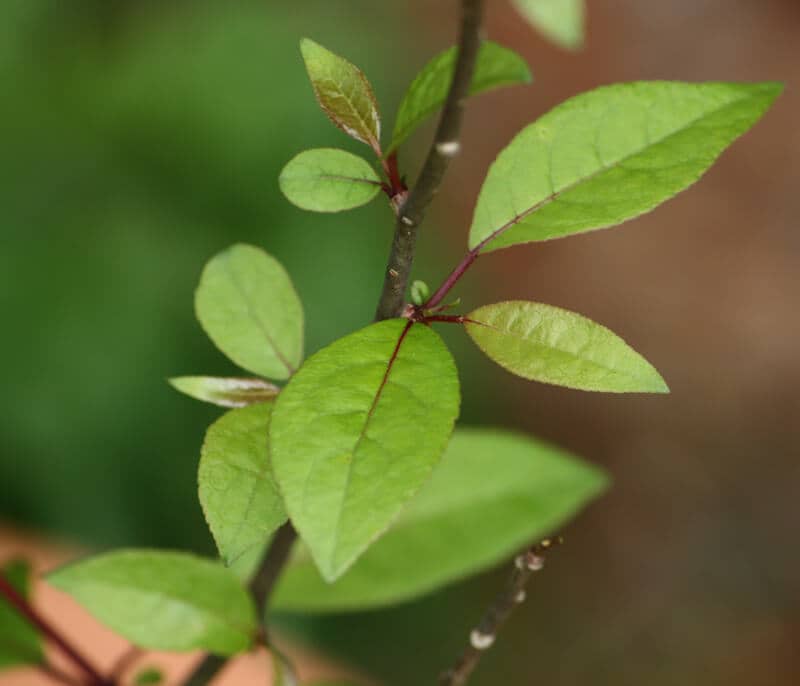
Guggul is the oleo gum obtained from the plant Commiphora mukul. It is counted as one of the top used herbs in Ayurveda for problems like obesity, arthritis, wrinkles, acne, rheumatism and more but mostly it is used as an effective drug for treatment of hyperlipidemia.
Guggulu pacifies vata, pitta and kapha but it best for pacifying vata aggravation. It clearfies blood along with channels and rejuvenates the body. It finds its mention in Charaka Samhita, Sushruta Samhita & Atharva Veda.

In a recent study, the methanolic extract of dried exudate of guggul was tested on ovariectomized rats (meaning that the ovaries are removed in female rats so that no more oestrogen can be produced, which in turn makes it harder for them to retain calcium and normal bone density). It was found, that there was “a significant gain in bone strength and nearly complete restoration of bone microarchitecture along with lowered levels of TRAP (tartarate resistant acid phosphatase) indicating the anti-bone resorptive potential of the extract.”(2)
Guggulu has been used to make a lot of formulations for various diseases, the most popular being Yograj Gugglu, Kaishor Guggulu, Kanchnarguggul, Mahayograjguggul, Amrita guggul, Abhaguggul, Chandraprabha vati. For maintaining a healthy bone density, curing osteoporosis and increasing bone strength, a preparation called Abhaguggul is used which is a combination of Guggulu, Babool, Haritaki, Bibhitaki, Amalaki, Maricha, Pippali & Shunthi. Another famous formulation is Lakshadi Guggulu which is used for healing bone fractures and osteoporosis. (3)

3. Arjuna Bark (Arjuna Terminalia)
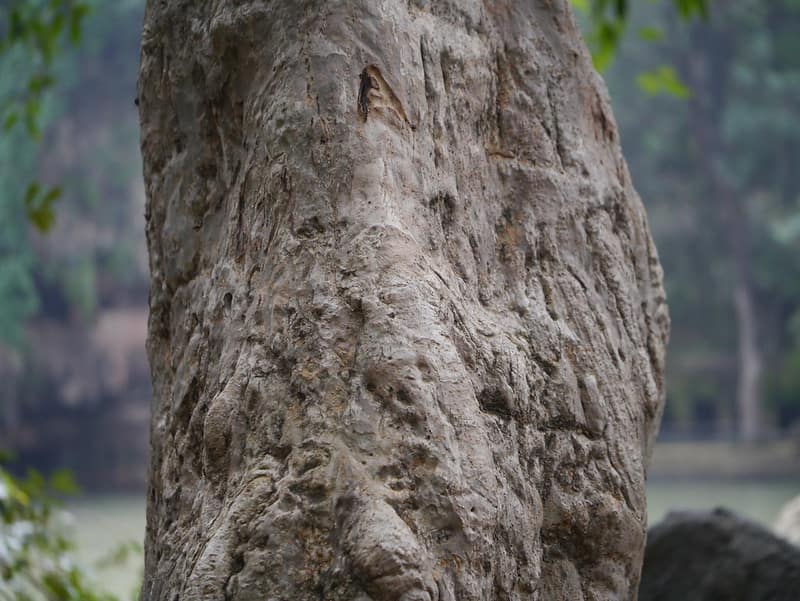
Arjuna Terminalia is a bitter, astringent and a cooling Ayurvedic herb known for its cardioprotective and cardio-strengthening action. As a matter of fact, there is no better herb that has an action on so many diseases related to the heart. It strengthens heart muscles, and regulates heart beat.
A lesser known benefits of using the bark of Arjuna tree is its bone strengthening properties. It is high in minerals like Calcium and Magnesium that prevent bone loss and increase bone mineral density. Arjuna Tea promotes the union of broken bones and is useful in the healing of bone fractures and contusions (click to know the method of preparation of Arjuna Tea). It is also useful in osteoporosis, fatigue and weakness due to old age.
A recent study (4) that analysed the effects of ethanol extract of Arjuna bark for its anti-osteoporotic activity on ovariectomized female Sprague Dawley model rats found that it “showed significant increase in uterine weight and femoral bone length, weight, density and significant increase of ash weight, ash percentage, ash calcium and hardness in lumbar vertebrae.”
4. Laksha (Laccifer Lacca)
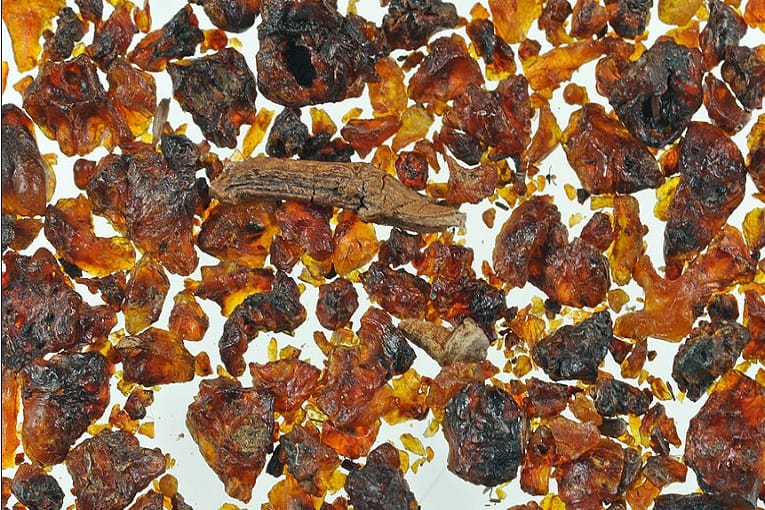
Laksha is the raisin obtained from the secretion of female lac insect (aka Laccifer Lacca). It is one of the top herbal medicines of animal origin for bone fracture healing, and bone strengthening. The reason why we consider it herbal is because the insect feeds on herbal plants like Palash, Babul, Khadira, Bel and Peepal and then secretes a raisin type component. This component is then further purified to retrieve Lac.
According to Bhaisajya Ratnavali, a combination of Guggulu, Arjuna bark and Laksha is used for Bhagna (fractures healing), increasing bone density, strength, reducing inflammation and pain in the fractured area. Laksha is found to be great for Sandhana which means joining of the broken edges of the bone). Apart from fractures, laksa is also beneficial for Vranaropaka (Wound healing) and Rakta Stambhaka (Hemostasis or blood loss). It is also noted that Laksha has bone healing properties without the need of external prescription of calcium and multivitamin supplements.
The popular ayurvedic formulation called Lakshadi Guggul is used for the treatment of osteoarthritis, osteoporosis, osteopenia, Weakness and pain in bones, bone fractures, fibromylgia, muscle cramps, bursitis and even dental problems (5)
5. Krishna Sariva (Cryptolepis buchanani)

Krishna Sariva (aka Karanta, Setakavali, Kali Anantamula) is another variety of Sariva (or Anantmool), another one being Sveta (white) in colour. The roots, leaves and stems of the plant is used as a folk medicine in Assam and Arunachal Pradesh for healing fractured bones, internal (wounds inside the body) as well as external fracture and joints.(6)
Studies (7) show that Krishna Sariva has antibacterial, analgesic, anti inflammatory and chondroprotective activity. The stems are found to be useful for relieve joint and muscle pains.
The classical reference for this plant can be found in Guduchyadivarga of Dhanwanatri Nighantu, which refers to it as Vata and Kapha pacifying sweet tasting herb, useful for curing leprosy, blood diseases, blood diathesis, anorexia, pruritus, fever, polyuria, and foul smell. It is a natural blood purifier and is greatly used for skin diseases.
Other Herbs And Medicines Worth Mentioning
- Prishniparni (Uraria Picta) : Root powder or decoction heals broken bones due to the presence of high phosphorus and calcium. It is part of the dasamoola group of herbs.
- Bawachi (Psoralea corylifolia)
- Bala
- Gandha Thailam
Did you find this post useful? Would you like to get back to it later? Save THIS PIN below to your Pinterest Natural Living or Ayurveda board!
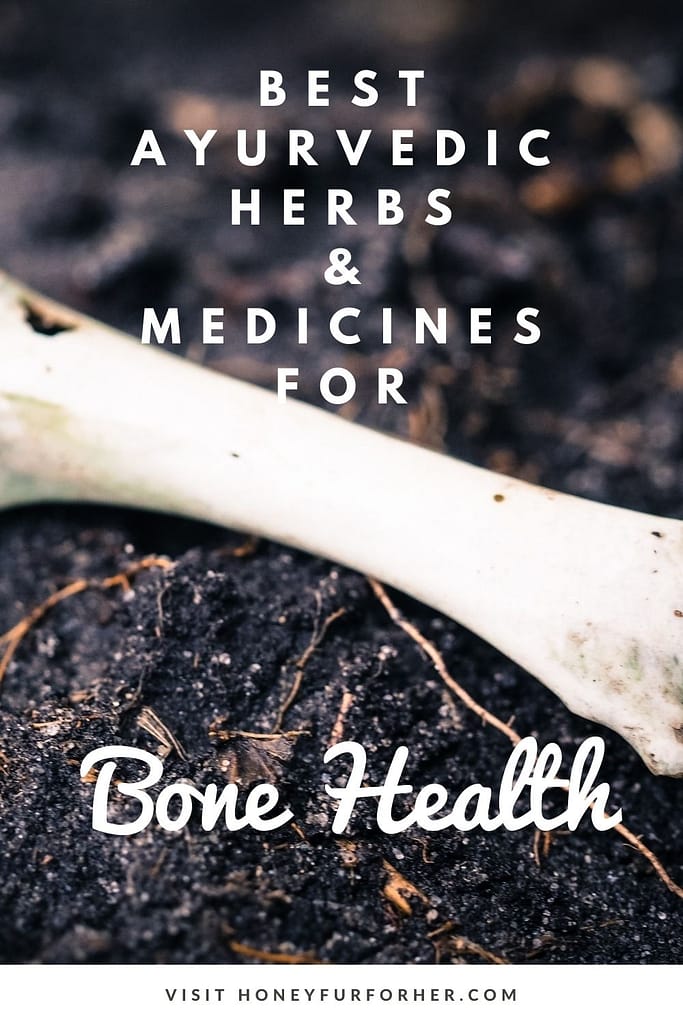
References
1. http://cissus.org/wp-content/uploads/CissusQuadrangularis_CaseStudy01.pdf
2. https://www.tandfonline.com/doi/full/10.3109/13880209.2012.675339
3. http://plantarchives.org/SPL%20ISSUE%20SUPP%202,2019/178%20(983-993).pdf
4. http://14.139.47.23/index.php/IJNPR/article/view/5268
5. https://core.ac.uk/download/pdf/266974891.pdf
6. http://nopr.niscair.res.in/bitstream/123456789/25969/1/IJTK%202(4)%20371-374.pdf
7. https://www.ncbi.nlm.nih.gov/pmc/articles/PMC5512407/

Ormocarpum cochinchinense or elumbotti in Tamil is popularly used in Tamilnadu for joining fractured bones.
Thanks for the info Natarajan!